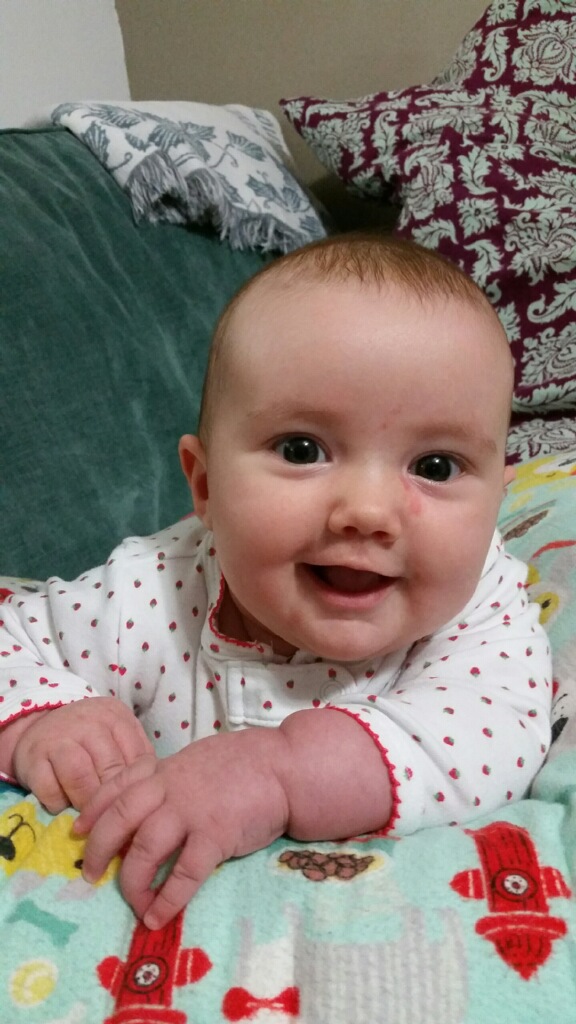Baby Hope’s Adventure with Oral Thrush
Babies are an adventure. Granddaughter Hope was born on June 28th, just as I was leaving town after waiting three weeks for her arrival. She was a petite 8½ lbs when we last visited, and she slept most of the time. Hope has been plumping out quite nicely and my daughter and wife have been rediscovering how much fun it is to dress up little girls.
Miss Hope is nursing rather than formula-fed. Nursing has many advantages for both mother and infant; in addition to the bonding experience, breast milk transfers immunity to an infant for a period of time. BTW, for the dads reading this, nursing also has the advantage that meals are ready-to-go. Back in the day, my job during the night only included bringing and returning the babies to their crib in the middle of the night; at least I did not have to heat bottles.
While nursing provides some immune coverage, babies always seem to attract a fair number of concerns for their parents; that’s part of the adventure. So, a few weeks ago, Miss Hope presented with white patches on her tongue and inside her cheeks: candidiasis, or oral thrush.

Oral Thrush
Candida albicans is a yeast that is part of the “normal flora” in the body.
Candida is kept under control by other microorganisms in the mouth, gastrointestinal tract, vagina and on the skin surface. When Candida gains too much of a growth advantage, as is relatively common in small children, they get oral thrush.
Oral thrush can be accompanied by candida diaper rash and by nipple symptoms in the nursing mom. Thrush often goes away in a few days, but Miss Hope is way more exciting than that.
Pediatricians prescribe two common treatments for oral thrush “candidiasis”:
- Nystatin Suspension (there are two strengths depending on the age of the child) is taken four times a day for a week or two.
- Fluconazole suspension is dosed based on the child’s weight once daily for 14 days and has a higher cure rate.
- Gentian violet is a purple dye solution which can also be applied to candida lesions. It would be a poor choice for infants or children because it’s deep purple always ends up on infant lips and face and lasts a long time. Gentian violet is used more often for adult vaginal yeast infections and sometimes in male fraternity rituals.
While oral thrush is fairly common in children, it is less common in adults and can be an important sign of underlying disease. Adults are more likely to get thrush when immunocompromised by chemotherapy or HIV/AIDS. Oral thrush can also follow treatment with antibiotic drugs that kill other good microorganisms that control the growth of candida, or treatment with inhaled or oral corticosteroid drugs which minimize immune responses. Oral or vaginal yeast infections may also signal diabetes, and can result from higher sugar encouraging the overgrowth of microorganisms.
If you’re baby, child or adult has signs of candidiasis, see your primary care provider. If you’re not sure, you can always stop by your community pharmacist for a consult.
Resources / References:
Medline Plus – Thrush in Newborns
https://medlineplus.gov/ency/article/007615.htm
MedlinePlus – Thrush in children and Adults











